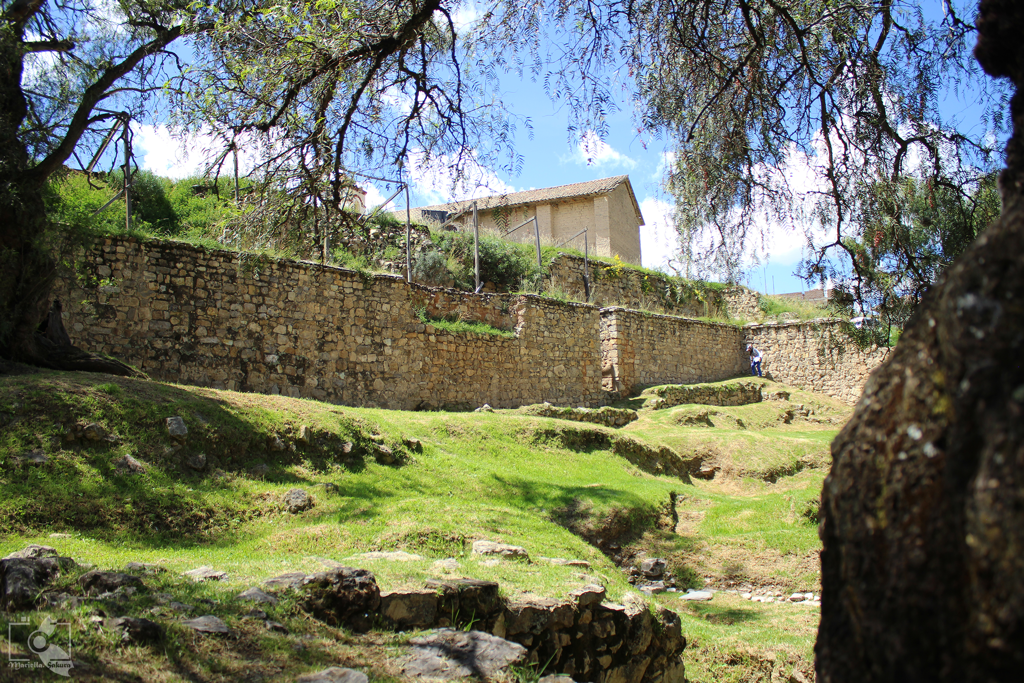Wari Willka, also known as Huarihuilca, is a significant archaeological site in Peru. It’s a testament to the ancient Huari culture that thrived between the 7th and 12th centuries AD. The site features a complex of structures, including a temple that was likely a center for religious and ceremonial activities. Wari Willka holds a mirror to the past, revealing the sophisticated urban planning and architectural skills of the Huari civilization. It also provides insights into the religious practices and societal structure of a pre-Incan culture that once dominated the Andean highlands.
Get your dose of History via Email
Historical Background of Wari Willka
The discovery of Wari Willka dates back to the early 20th century. However, it wasn’t until later excavations that the site’s significance became clear. The Huari civilization, builders of Wari Willka, were once a dominant force in ancient Peru. They inhabited the site and left behind a legacy of stone structures and artifacts. Over time, the site fell into obscurity, only to be rediscovered and studied by modern archaeologists.
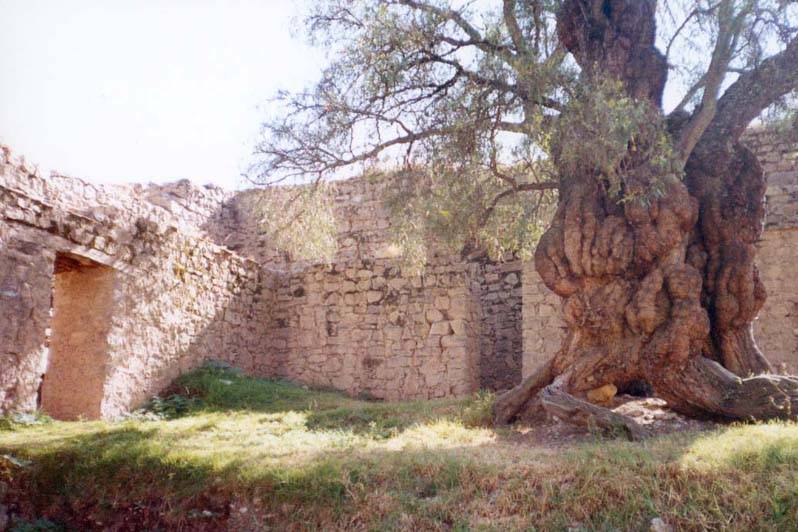
Researchers believe the Huari culture constructed Wari Willka. This civilization was known for its urban development, road networks, and terraced agriculture. The site’s architecture suggests it was a place of importance, possibly a religious center. Later cultures, such as the Incas, may have occupied or used the site, adding their own layers to its history.
Wari Willka has witnessed significant historical events. It stood through the rise and fall of the Huari empire. The site has also seen the expansion of the Inca civilization, which may have integrated Wari Willka into its own empire. The temple complex provides a window into these transformative periods in Andean history.
Archaeological work at Wari Willka has been pivotal in understanding the Huari culture. Excavations have unearthed artifacts and structures that offer clues about the site’s function and significance. The findings have helped historians piece together the complex tapestry of pre-Columbian history in the Andes.
The site’s discovery and subsequent studies have enriched our knowledge of Andean civilizations. Wari Willka serves as a cultural bridge between the past and present, allowing us to appreciate the achievements of the Huari and their influence on later cultures, including the Incas.
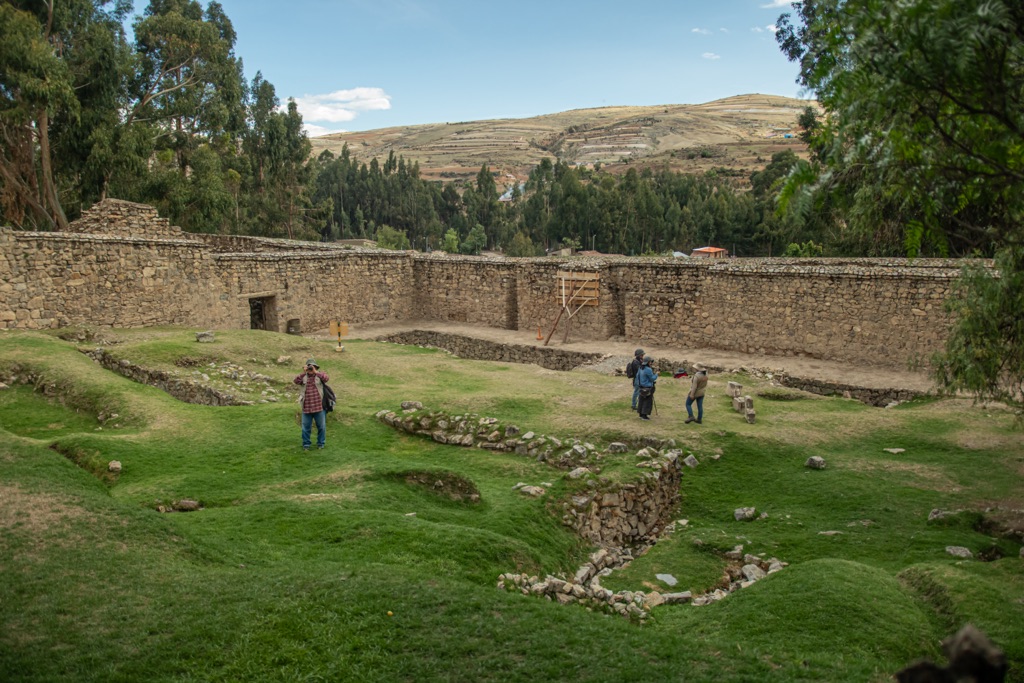
About Wari Willka
Wari Willka is an architectural marvel of the Huari civilization. The site consists of a temple complex with multiple structures made from stone. The construction techniques reflect the advanced engineering skills of the Huari people. The use of large stone blocks and intricate designs are hallmarks of the site.
The temple at Wari Willka is the centerpiece of the complex. It features a rectangular layout with a series of rooms and courtyards. The walls are adorned with carvings and iconography that hold religious significance. The precise function of each space within the temple remains a subject of study.
Building materials for Wari Willka were locally sourced. The Huari used stones from nearby quarries, shaping them with tools and techniques that were advanced for their time. The construction of the site would have required a significant workforce, suggesting a well-organized society.
Architectural highlights of Wari Willka include its strategic location and layout. The site is situated to align with astronomical events, which likely played a role in its ceremonial use. The complex’s design also indicates a deep understanding of urban planning and space utilization.
The preservation of Wari Willka allows for ongoing research and conservation efforts. The site’s architecture not only provides a glimpse into the past but also serves as an inspiration for contemporary Andean cultures, preserving the legacy of the Huari civilization.
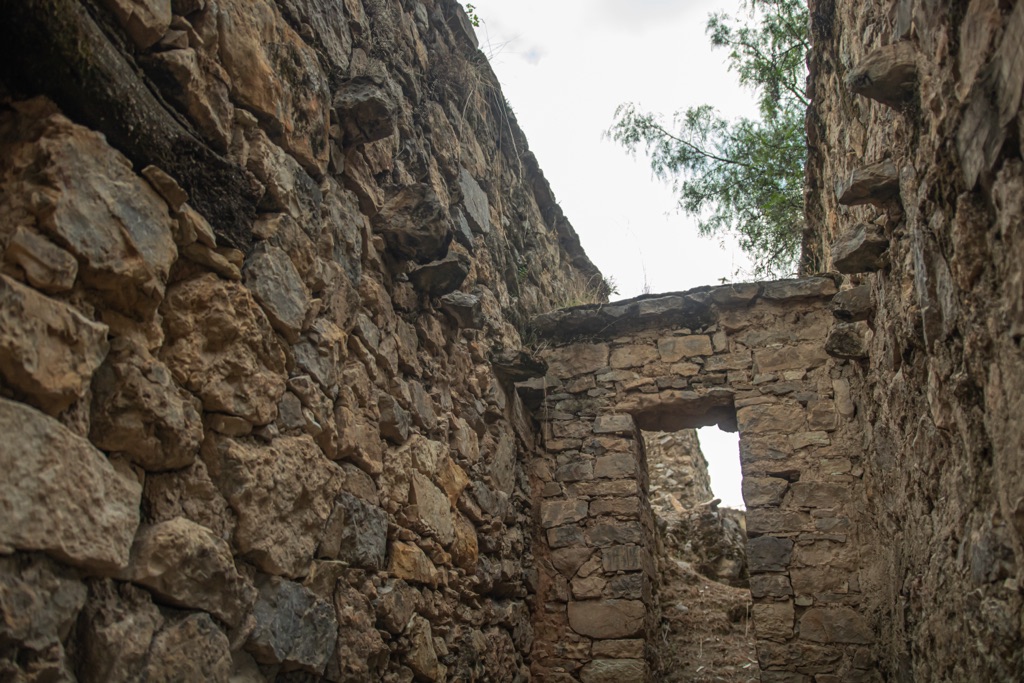
Theories and Interpretations
Several theories exist about the purpose of Wari Willka. Most scholars agree that it served a religious or ceremonial role. The presence of a temple suggests it was a spiritual hub for the Huari people. Rituals and gatherings likely took place within its walls.
Mysteries surround Wari Willka, particularly regarding its iconography and carvings. Some interpretations link the symbols to astronomical events or deities worshipped by the Huari. These aspects require careful matching to historical records and cultural knowledge.
Dating of Wari Willka has been carried out using various methods. Radiocarbon dating and stratigraphy have helped establish a timeline for the site’s construction and use. These techniques provide a chronological framework for understanding the site’s history.
Theories about Wari Willka’s decline are also prevalent. Some suggest that environmental changes or societal upheaval led to the abandonment of the site. Others believe that the rise of the Inca empire may have repurposed or overshadowed Wari Willka’s significance.
Interpretations of Wari Willka continue to evolve as new discoveries are made. Each finding adds a piece to the puzzle, offering a more nuanced understanding of the Huari civilization and its contributions to Andean history.
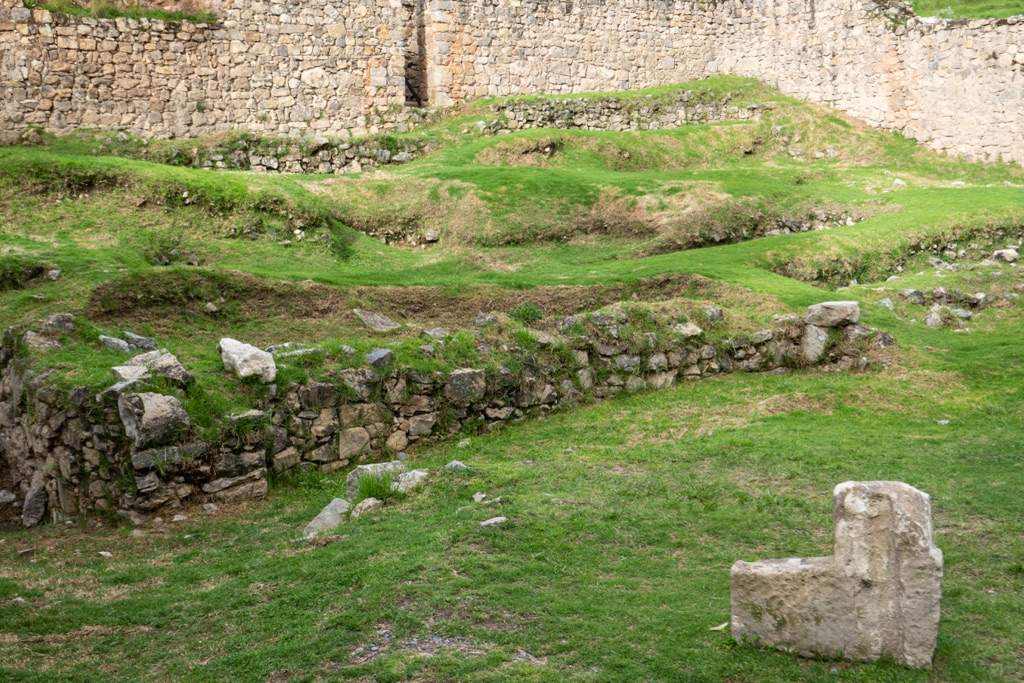
At a glance
Country: Peru
Civilization: Wari Culture
Age: 7th to 12th century AD
Conclusion and Sources
Reputable sources used in creating this article include:
- Wikipedia: https://en.wikipedia.org/wiki/Wari_Willka

